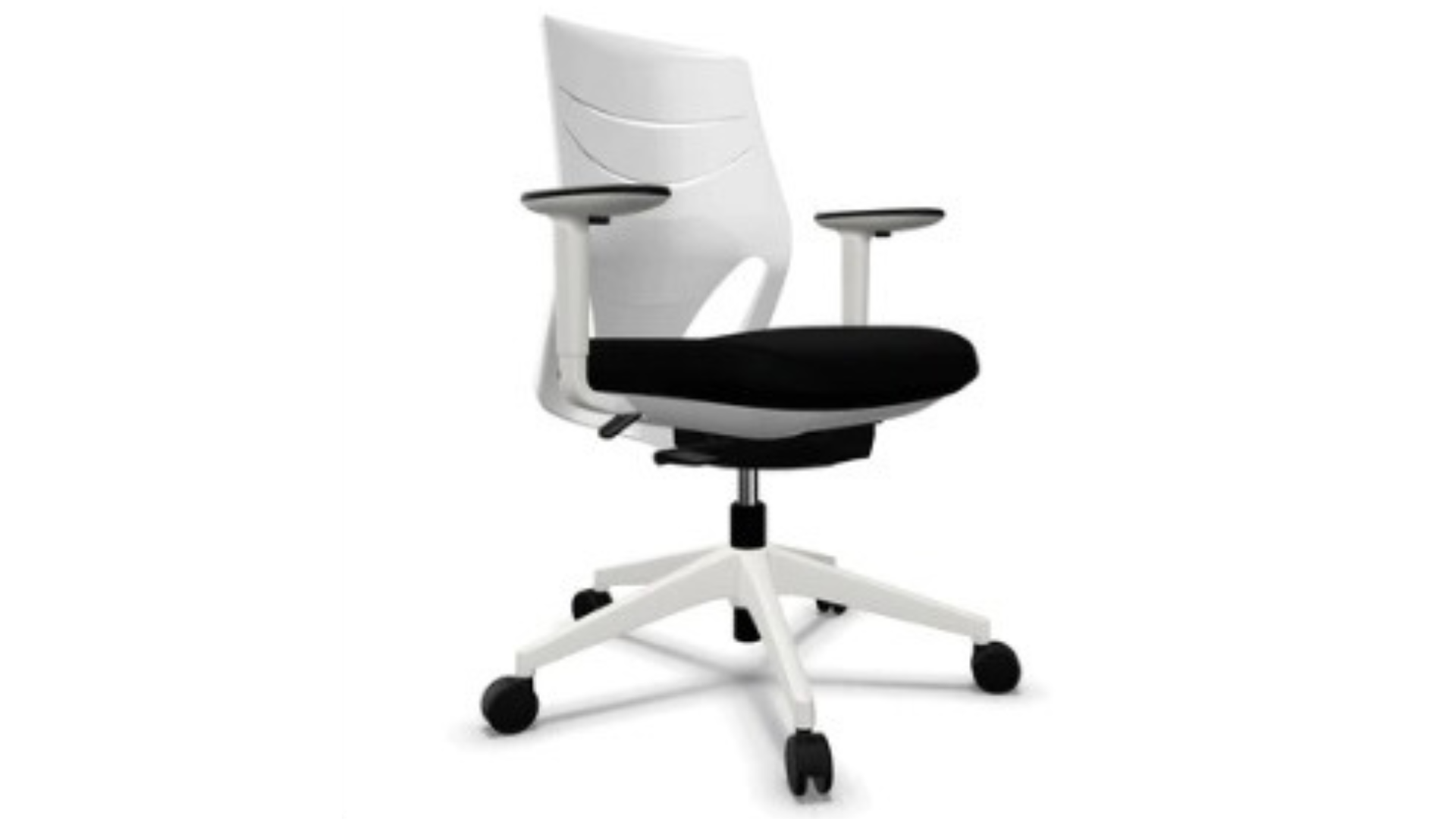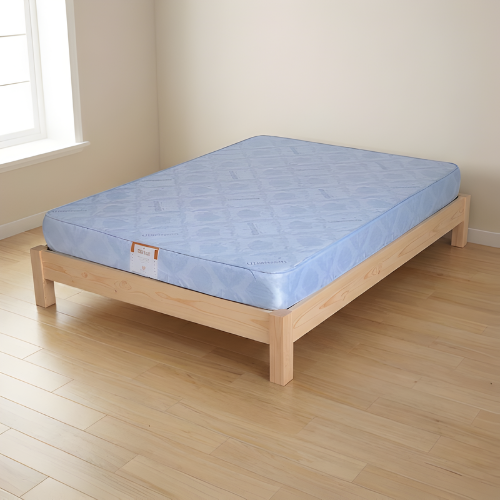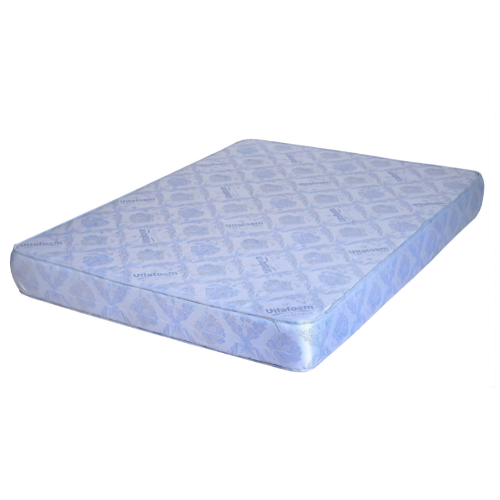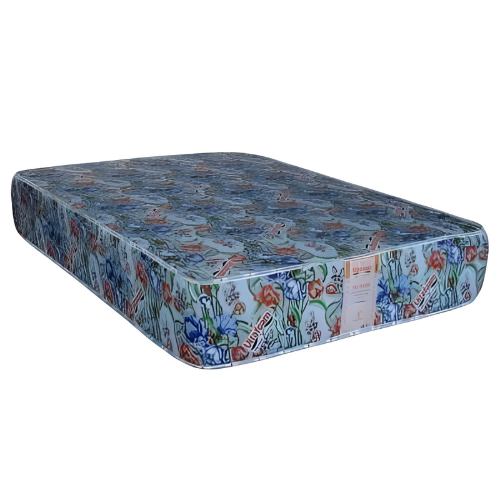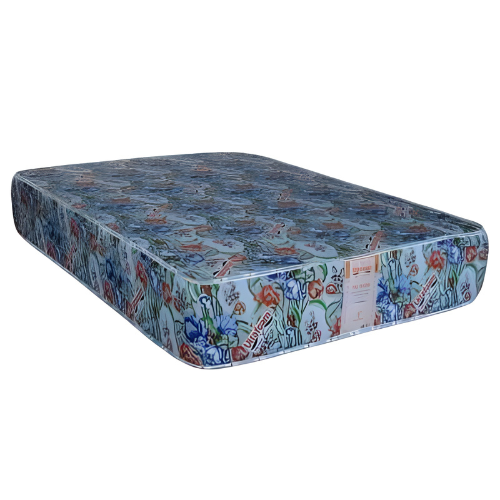Back pain is a prevalent condition that affects countless individuals worldwide, leading to significant limitations in their daily activities. This blog post is aimed to explore the consequences of back pain on individuals in different aspects of daily life, including physical, emotional, and social well-being.
The physical impact of back pain on daily life is profound. Simple tasks such as bending, stooping, or lifting objects become arduous and painful for sufferers. Back pain often restricts a person's ability to engage in physical activities they once enjoyed, such as exercising or playing sports. Such limitations may exacerbate feelings of frustration, leading to a sedentary lifestyle and the potential development of secondary health issues, including weight gain and cardiovascular diseases.
Furthermore, back pain can also have a substantial impact on an individual's social life. Interactions with family, friends, and colleagues may be affected as individuals may become less active in social gatherings or avoid certain events altogether due to fear of exacerbating their pain. Social isolation can potentially ensue, leading to a decline in mental well-being and further exacerbating the emotional impact of back pain. Additionally, individuals with chronic back pain may experience decreased job performance and even face challenges in maintaining employment, further hindering their social and financial stability.
Common causes of back pain in office workers:
Back pain is a prevalent issue among office workers, with several common causes that contribute to its occurrence. One prominent cause is poor posture and ergonomics. Many office workers spend long hours sitting at a desk, often in positions that strain their spines. Slouching or hunching over a computer screen can lead to muscular imbalances and increased pressure on the spinal discs, resulting in chronic back pain.
Another common cause of back pain in office workers is lack of physical activity and sedentary behavior. Sitting for prolonged periods can weaken the muscles that support the spine, leading to increased stress on the back. Additionally, an inactive lifestyle can contribute to weight gain, which further exacerbates back pain by putting excess pressure on the spine and its surrounding structures.
Stress and mental tension also play a significant role in the development of back pain. Office workers often face high workloads, tight deadlines, and demanding situations, all of which can contribute to increased muscle tension and stress. When a person is stressed, their muscles tend to tighten, especially in the neck, shoulders, and back.
The importance of a supportive office chair for back health:
The importance of a supportive office chair for back health cannot be overstated. As modern professionals spend countless hours sitting at their desks, it becomes imperative to invest in a high-quality chair that provides proper support and ergonomics. A supportive office chair not only promotes good posture but also reduces the risk of developing back pain, muscle strain, and other related health issues. Furthermore, it enhances productivity by allowing individuals to focus on their work, free from discomfort or distractions.
Also, another key benefit of a supportive office chair is its ability to maintain good posture. Poor posture can lead to chronic back and neck pain, as well as other musculoskeletal problems. An ergonomic chair with adjustable height, lumbar support, and adequate cushioning helps align the spine and maintain the natural curves of the back. By providing the necessary support, such a chair reduces muscle tension and minimizes the risk of developing posture-related issues.
Key features and ergonomic design of the recommended chair:
The recommended chair for optimal comfort and support incorporates various key features and an ergonomic design. Firstly, it should have adjustable height and tilt options to customize the chair to the user's preferences. This allows individuals of different heights and body types to find their ideal sitting position to improve posture and reduce strain on the body. Additionally, the chair should have lumbar support, which helps maintain the natural curve of the spine and prevents lower back pain. This feature ensures proper alignment of the back and promotes good posture even during extended periods of sitting.
Moreover, the recommended chair should have a padded seat with sufficient cushioning to provide comfort throughout the day. It should distribute the body weight evenly, reducing pressure on the hips and thighs. The cushioning should also be breathable to allow air circulation, preventing discomfort and keeping the user cool and dry. Another important aspect of the chair's design is the armrests. They should be adjustable in height and width, enabling users to align their arms comfortably with their desks. Properly positioned armrests reduce strain on the shoulder and neck muscles and prevent discomfort or prolonged fatigue.
Lastly, the chair should be made of high-quality and durable materials to ensure longevity. It should be sturdy yet lightweight, making it easy to move around and adjust. Additionally, a 360-degree swivel feature allows for easy maneuverability and access to different areas of the workspace without straining the body. The recommended chair should also have a five-point base with casters for stability and easy mobility. Overall, the key features and ergonomic design of the recommended chair prioritize the user's comfort, health, and productivity, making it an ideal choice for any workspace.
Testimonials from individuals who have experienced relief using the chair:
Testimonials from individuals who have experienced relief using a particular product or service can be incredibly powerful. Hearing from real people who have benefited from a product can provide reassurance, build trust, and encourage others to give it a try. These testimonials serve as evidence that the product works and can help potential customers make informed decisions.
This is a pointer to HOG Furniture's tradition of always remembering customers to leave their reviews on any product bought from the platform.
By sharing details of how the product was able to address their specific needs or solve their problems, testimonials create trust and confidence in potential customers. People are more likely to trust the opinions and experiences of real individuals over marketing claims and advertisements.
Additional strategies for preventing and managing back pain at work:
Another valuable strategy for preventing and managing back pain is regular exercise. Engaging in physical activity helps strengthen the muscles that support the spine, reducing the risk of injury and promoting a healthier back. Exercises that focus on core strength and flexibility, such as yoga can be particularly beneficial. Additionally, low-impact aerobic exercises like swimming and walking can improve overall fitness without putting excessive stress on the back. It is important to start slowly and gradually increase the intensity and duration of exercise to avoid overexertion and potential injury.
In conclusion, investing in the right office chair can greatly contribute to a pain-free future. With the increasing number of individuals working long hours in front of a computer screen, it is crucial to prioritize ergonomic furniture that promotes proper posture and supports the natural curvature of the spine. A good office chair should have adjustable features such as lumbar support, armrests, and height settings, allowing users to customize their seating position for optimal comfort and reduced strain on the body.
Author: Olatunji Olasehan




